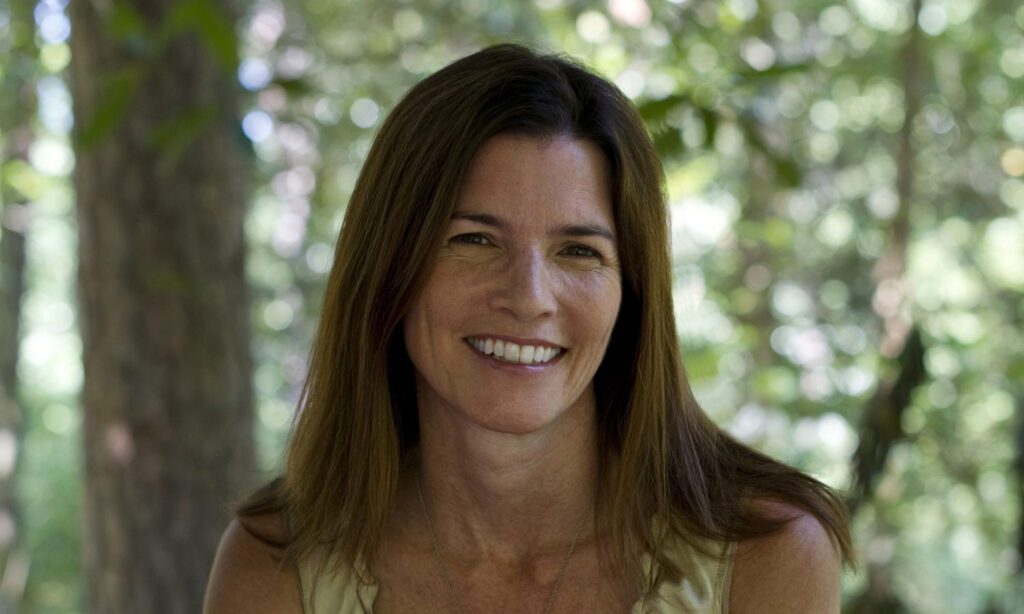

*Updated April 6, 2022.
On March 30, Paula J. Ehrlich, DVM, PhD, CEO of the E.O. Wilson Biodiversity Foundation and Co-founder of the Half-Earth Project joined leading global geographers, conservationists, and ecologists to offer ideas and ‘provocations’ ahead of COP CBD 15. The International Geographical Societies Gathering Ahead of COP 15, hosted by the Royal Geographical Society, Royal Scottish Geographical Society, Royal Canadian Geographical Society, and International Geographical Union, convened to share their thoughts on the ongoing post-2020 global framework negotiations, and forthcoming talks in Kunming, China later this year.
The gathering included opening remarks by Mike Robinson of the Royal Scottish Geographical Society, and guests Elizabeth Maruma Mrema, Executive Secretary of the United Nations Convention on Biological Diversity, indigenous activist, Hindou Oumarou Ibrahim, and Yadvinder Malhi, Professor Ecosystem Science at Oxford University, among other distinguished speakers (Ibrahim and Dr. Malhi appeared alongside Dr. Ehrlich at Half-Earth Day 2021).
Dr. Ehrlich offered the following statement:
“If the goal is to protect the web of life – for all of life to sustainably endure – then Where we pick to prioritize for conservation becomes particularly important. This is because not all places are equally effective at protecting biodiversity. Each species has its own important place in the world that we need to keep in mind. And in order to achieve our targets for conservation, we need a way to measure our success.
Mutually inspiring goals for habitat protection like 30×30 and Half-Earth, of course, galvanize our efforts, but it’s the inclusion of metrics – indicators – that allow us to measure biodiversity conservation outcomes in these places that are the holy grail. This is how we meet Goal A: ecosystem integrity. This is how we ensure that ecosystem integrity undergirds the conservation targets we wish to achieve.
Our provocation is a call to use the most-technologically advanced indicators to improve outcomes for biodiversity. A coalition of conservationist, geo-spatial scientists, ecologist and geographers – under the auspices of GEObon and assessments by IPBES and others – are calling on the parties to adopt the Species Protection Index (SPI) jointly with the headline indicator Species Habitat Index (SHI), which together highlight key facets of conservation progress at the species, taxon, and national levels. And this data is already in use.
The E.O. Wilson Biodiversity Foundation, in collaboration with our partners at Yale, Vizzuality, and Esri, have been mapping the high-resolution location and distribution of species on the Half-Earth Project Map, and making that information available for people – and teachers and students – everywhere to inform and support their conservation efforts. You can see an SPI score from zero to one hundred for every country, which informs how many species groups are effectively protected, how they contribute to species protection globally, and also where to go next – what places allow us to design the optimum network for protection of biodiversity globally, and dynamically inform action as both our knowledge and conservation efforts progress.
I think today’s conversation has made it clear why this is so important. A unique blend of ingenuity, innovation, determination and hope is evident in the lives and work of many people working in conservation around the world, and on this call today, and in particular through the lives and insight of local and Indigenous communities that are working to protect the most important Places for a Half-Earth Future. Working together, sharing our knowledge, and gaining courage from each other, we can contribute meaningfully to equitable and inclusive post-2020 conservation implementation.
E.O. Wilson said, “To strive against odds on behalf of all of life would be humanity at its most noble.” I think we all strive for that sort of nobility, we just need the will to imagine our best selves – to transform our way of understanding our place in nature and how we care for it and each other, and transform our knowledge about the web of life and use it to drive solutions. We urge the geographical society community to support adoption of leading-edge SPI and SHI biodiversity indicators in the post-2020 global biodiversity framework so we can robustly measure our success in protecting global biodiversity as we work to achieve conservation goals.”


